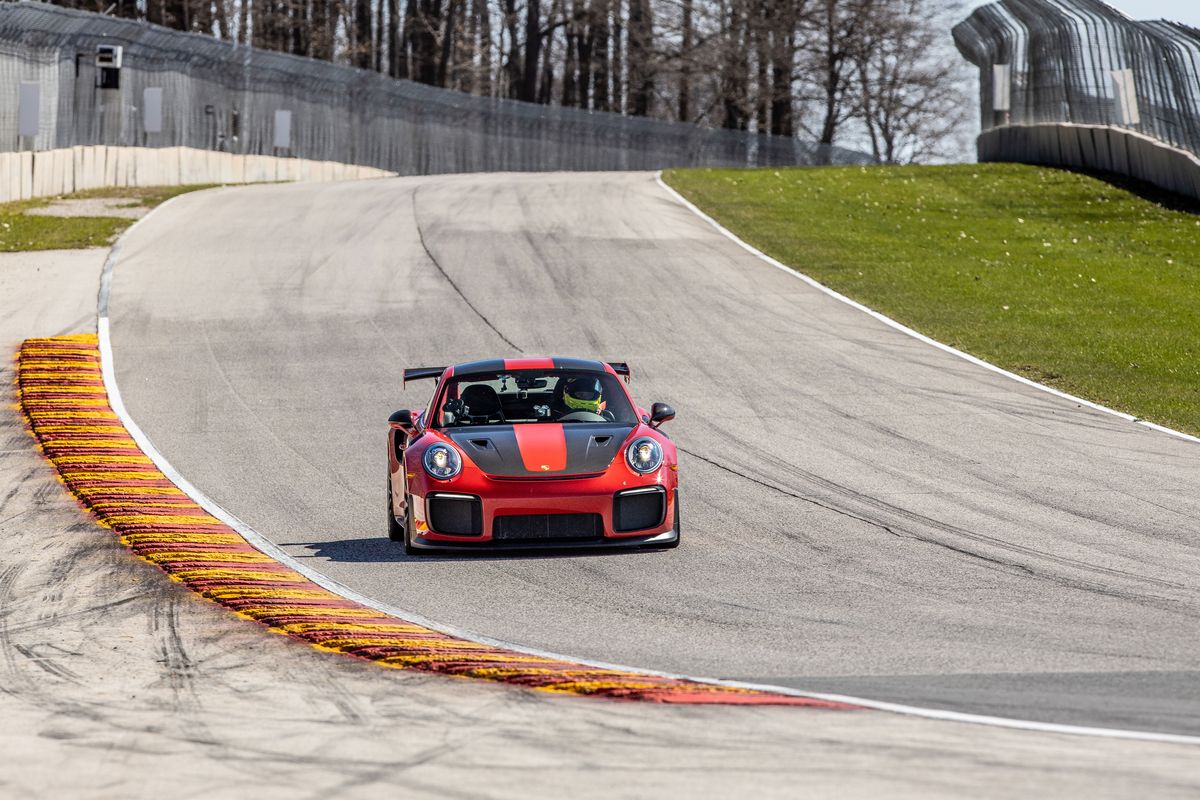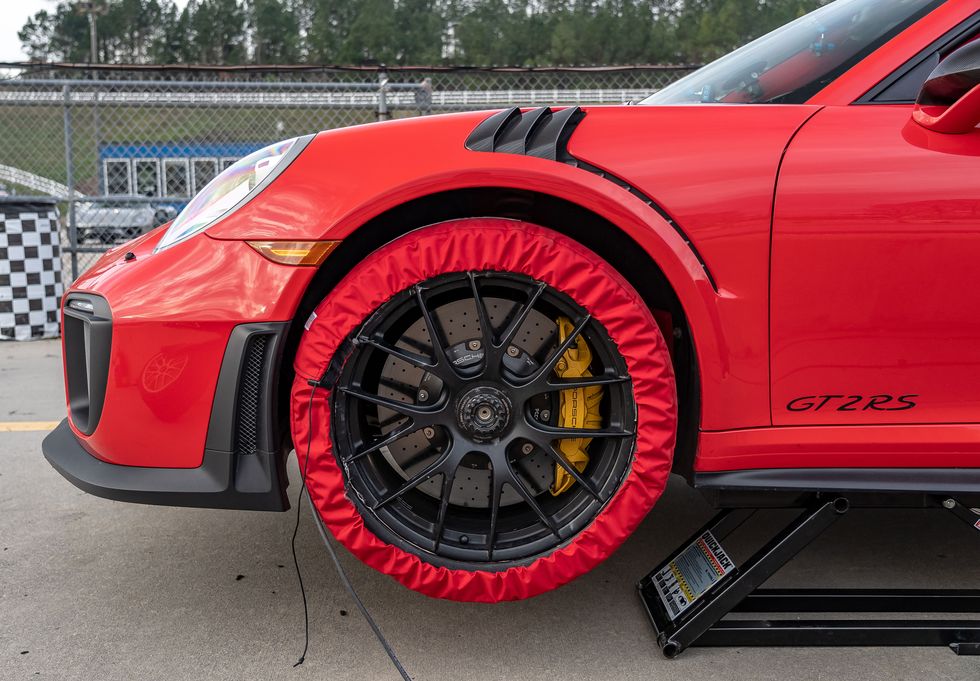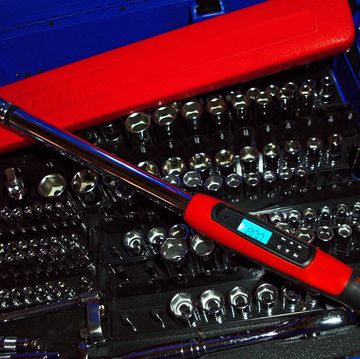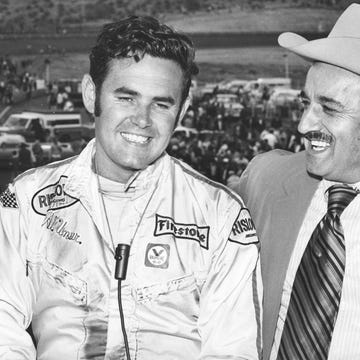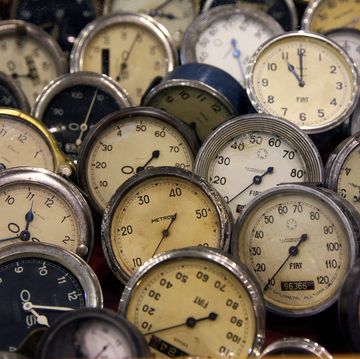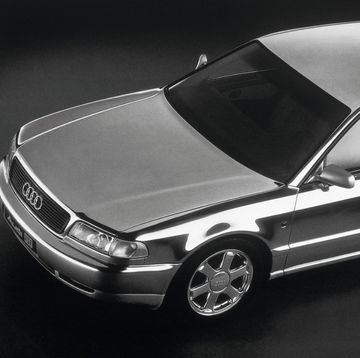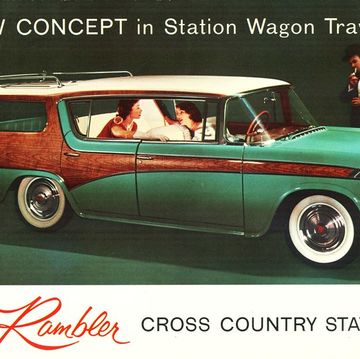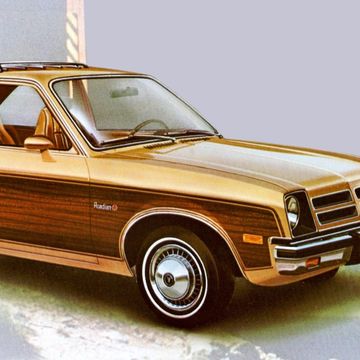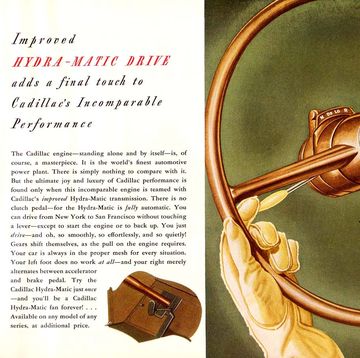If your antilock brake system worked as fast as a blink of an eye, you would lock up and hit the wall when you mashed the pedal. The average eye blink takes between 100 and 200 milliseconds. In that time, the brake controller (the computer that controls the ABS system) can run its software and send 20 commands.
Thanks to big improvements in tire and braking technology, most modern cars decelerate at nearly 1.0 g when you slam on the brakes on dry pavement, which means you can stop a car about as fast as you fall. That also means stopping from 60 mph as quickly as you can takes about three seconds, or 30 fast blinks of an eye. In that time, the brake controller made 600 or so separate decisions to minimize stopping distance.
But how does it do it?
When you press the brake pedal, you apply pressure to it. That pressure makes its way to the master cylinder, which then forces brake fluid down the lines to four individual brake calipers to squeeze the pads against the rotors. On its way, the fluid passes through the ABS controller, which contains solenoid-powered valves. When opened, these valves reduce, or dump, pressure before getting to the caliper and, when closed, bring the brake line back to initial pressure. It’s actually way more complicated than that, but that'll do as a quick explainer.
Because the brake controller controls those valves, it controls brake pressure. It also receives critical information from the car, such as individual wheel speeds, as well as the general vehicle speed. Every five milliseconds, the controller checks each wheel speed against the vehicle speed. If the individual wheel speed is slowing way down compared to the vehicle, that wheel is going to lock up.
In that case, the brake controller opens its valve, which takes less than a millisecond, and dumps pressure off of that brake. In the vast majority of cases, the valve dumps off too much pressure. And in that likely event, the system starts to close the valve, effectively reapplying more brake pressure. All the while, the system checks wheel accelerations and speeds against vehicle speed to adjust as necessary. The process of applying pressure back on takes a blink of an eye or two. The system applies this process to each of the four wheels simultaneously.
Add it all up and the process of dumping pressure off, assessing, applying brake pressure back on and assessing again typically takes less than five eye blinks. And then is starts all over again, each time learning a little more about the ground its stopping on and honing in on the correct pressure to maintain the best possible deceleration. Typically, from 60 mph an hour, this happens four to six times in three seconds.
If you feel any pulsing in the pedal, it’s the brakes going through these cycles, but the individual adjustments are happening way too fast to feel each one. Using the method of paying close attention to wheel slip allows ABS to work no matter the type of road surface, be it shear ice or hot and grippy pavement. It all takes time, but not a lot of it. After all, sometimes a blink of an eye just isn’t fast enough.

